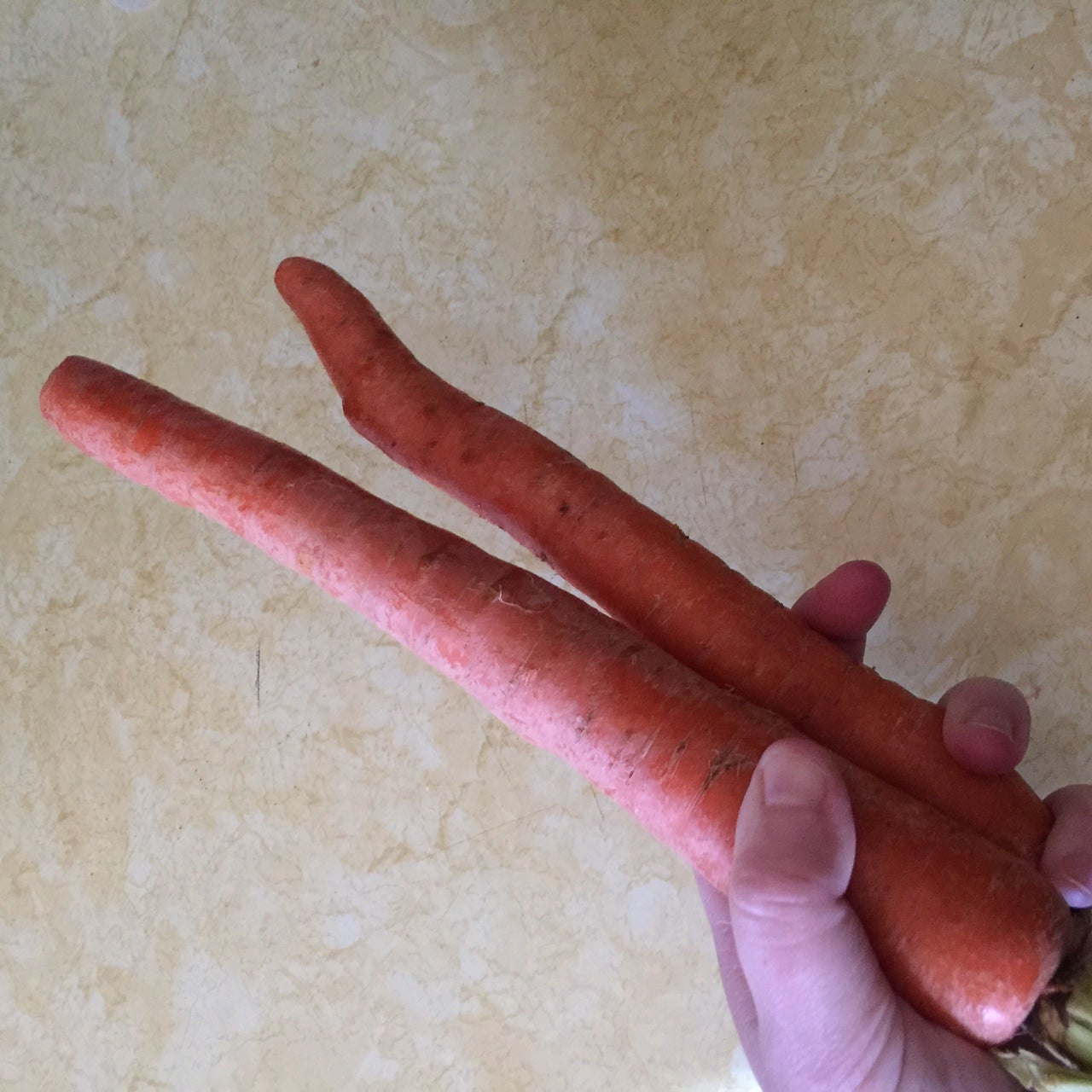Danvers Carrot Information: How To Grow Danvers Carrots


Danvers carrots are medium sized carrots, often called "half size." They were once a choice carrot for their flavor, especially when young, because mature roots can become fibrous. Danvers were an early orange cultivar, as previous favored selections were white, red, yellow, and purple. Read on to learn how to grow Danvers carrots and a bit about their history.
Danvers Carrot Information
Carrots are one of the easier and least fussy crops to grow. From eating fresh out of hand to steamed, sautéed, or blanched, carrots have a wide variety of culinary applications. One of the nicer varieties is Danvers. What are Danvers carrots? This is a very adaptable root vegetable with little core and a nice tapered shape and size. Try growing Danvers carrots and add an heirloom vegetable to your garden. Carrots were once used as much for their medicinal value as they were in culinary applications. Danvers carrots were developed in the 1870's in Danvers, Massachusetts. The variety was shared with Burpee in 1886 and became a popular seed due to the root's deep orange color and rich flavor. This variety does better than many popular carrots because it forms nice roots even in heavy, shallow soils. Creating a mound when growing Danvers carrots in such soils can help promote root formation. The roots can grow 6 to 7 inches long (15-18 cm.). Danvers is a biennial plant which can take 65 to 85 days from seed to harvested root.
How to Grow Danvers Carrots
Prepare a garden bed by loosening soil to a depth of at least 10 inches (25 cm.). Incorporate organic material to increase porosity and add nutrients. You may plant these carrot seeds three weeks before the date of the last expected frost in your area. Build a low mound and plant seeds with just a dusting of soil over them. Water regularly to keep soil from drying out. When you see the tops of the roots, cover the area with some organic mulch. Prevent competitive weeds as the roots form. Danvers carrot information indicates that this variety is very heat resistant and rarely splits. You can begin harvesting baby carrots at any time they are large enough to eat.
Danvers Carrot Care
These are fairly self-sufficient plants and Danvers carrot care is minimal. Do not let the top of soil dry out, nor the tops of the roots or they will be corky and woody. Use companion plants to help reduce carrot pests such as carrot fly. Any plant in the Allium family will repel these insects, such as garlic, onions or chives. Growing Danvers carrots as a successive crop may be done by sowing every 3 to 6 weeks. This will give you a steady supply of young roots. To preserve carrots, pull off the tops and pack them in damp sand or sawdust. In milder climates, leave them in the soil topped with a thick layer of organic mulch. They will overwinter and be one of the first vegetables harvest in spring.
Sign up for the Gardening Know How newsletter today and receive a free copy of our e-book "How to Grow Delicious Tomatoes".

Bonnie Grant is a professional landscaper with a Certification in Urban Gardening. She has been gardening and writing for 15 years. A former professional chef, she has a passion for edible landscaping.